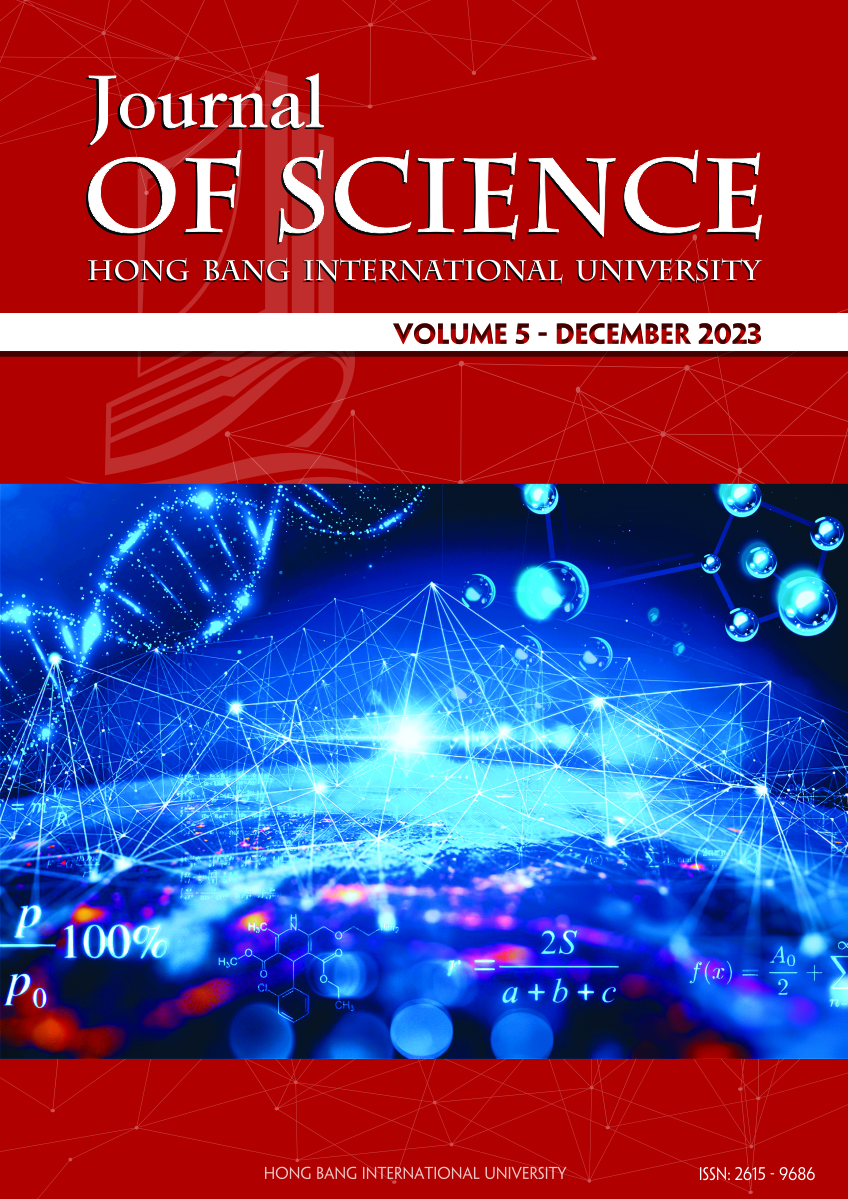Translanguaging in English teaching in higher education
Các tác giả
DOI: https://doi.org/10.59294/HIUJS.VOL.5.2023.553Từ khóa:
sử dụng tiếng mẹ đẻ, giảng dạy tiếng Anh, giáo dục đại học, chuyển ngữTóm tắt
Recently, whether to use translanguaging in teaching English has received great attention from language researchers and language teachers all over the world. This critical review aims to systematically synthesize literature on the use of translanguaging in teaching English in higher education. Research results show that translanguaging has added a new dimension to the long-standing debate on the use of mother tongue (L1) in foreign language teaching/learning because it basically emphasizes viewing language as a unitary system in contrast to the traditional perception that each language belongs to a separate system. The revolution in the perceptions of the importance of using L1 in foreign language teaching/ learning is justified because translanguaging promotes a more effective teaching and learning process. However, students' native language must be used strategically in the classroom with the aim of facilitating and supporting the teaching process and enabling learners to develop comprehension, communication skills and acquisition of the target language.
Abstract
Recently, whether to use translanguaging in teaching English has received great attention from language researchers and language teachers all over the world. This critical review aims to systematically synthesize literature on the use of translanguaging in teaching English in higher education. Research results show that translanguaging has added a new dimension to the long-standing debate on the use of mother tongue (L1) in foreign language teaching/learning because it basically emphasizes viewing language as a unitary system in contrast to the traditional perception that each language belongs to a separate system. The revolution in the perceptions of the importance of using L1 in foreign language teaching/ learning is justified because translanguaging promotes a more effective teaching and learning process. However, students' native language must be used strategically in the classroom with the aim of facilitating and supporting the teaching process and enabling learners to develop comprehension, communication skills and acquisition of the target language.
Tài liệu tham khảo
[1] C. Baker, Foundation of bilingual education and bilingualism, 5th ed. Multilingual Education, 2011.
[2] V. Cook, “Using the first language in the classroom,” Canadian Modern Language Review, 57, 3, pp.402-423, 2001.
DOI: https://doi.org/10.3138/cmlr.57.3.402[3] D. Atkinson, “The mother tongue in the classroom: A neglected resource?” ELT journal, 41, 4, pp.241-247, 1987.
DOI: https://doi.org/10.1093/elt/41.4.241[4] Auerbach, E. R., “Reexamining English only in the ESL classroom”, TESOL Quarterly, 27(1), 9-32.
DOI: https://doi.org/10.2307/3586949[5] S. Canagarajah, “Translanguaging in the classroom: Emerging issues for research and pedagogy,” Applied Linguistics Review, 2, pp.1–28, 2011. DOI: 10.1515/9783110239331.1
DOI: https://doi.org/10.1515/9783110239331.1[6] H. D. Brown, Teaching by Principles: An Interactive Approach to Language Pedagogy. New-York: Longman, 2001.
[7] O. García, “Translanguaging and Latinx Bilingual Readers,” Reading Teacher, 73, 5, pp.557–562, 2020. https://doi.org/10.1002
/trtr.1883
[8] O. García and L. Wei, Translanguaging: Language, bilingualism and education, 4th ed. Springer, 2014. DOI: 10.1057/9781137385765
DOI: https://doi.org/10.1057/9781137385765_4[9] G. Lewis, B. Jones and C. Baker, “Translanguaging: Origins and development from school to street and beyond,” Educational Research and Evaluation: An International Journal on Theory and Practice, 18, 7, pp.37-41, 2012.
DOI: https://doi.org/10.1080/13803611.2012.718488[10] M. M. Bakhtin, The dialogic imagination: Four essays. University of Texas Press, 1981.
[11] N. Mahjabeen, “Translingualism: Languages Incorporating Differences”, 2022. [Online]. Available: https://bdeduarticle.com/translingualism/?_gl=1%2Ak428cw%2A_ga%2Aa1dvQTAzdC1UVUUtbkJBYy00d3A0S1ZVUGtHVWxOZU9VV2xmbENhYXFGVDhRbjJMY29fOE5yZmFOWlhvTVU1WQ. [Access: 12/27/2023]
[12] L. Canals, “Multimodality and translanguaging innegotiation of meaning,” Foreign Language Annals, 54, pp.647–670, 2021. DOI: 10.1111/flan.12547
DOI: https://doi.org/10.1111/flan.12547[13] R. Otheguy, O. García and W. Reid, “A translanguaging view of the linguistic system of bilinguals,” Applied Linguistics Review, 10, 4, pp.625-651, 2019. DOI: 10.1515/applirev-2018-0020
DOI: https://doi.org/10.1515/applirev-2018-0020[14] S. Vogel and O. García, “Translanguaging”, in Oxford Research Encyclopedia of Education, G. Noblit and L. Moll, Ed. Oxford University Press, 2017. DOI: 10.1093/acrefore/9780190264093.013.181
DOI: https://doi.org/10.1093/acrefore/9780190264093.013.181[15] E. Oraby and M. Azaz, “Translanguaging Practices in Content-based Instruction in L2 Arabic,” Applied Linguistics, 2022. DOI: 10.1093/applin/amac054
DOI: https://doi.org/10.1093/applin/amac054[16] A. S. Canagarajah, (2007). “Lingua Franca, Multilingual Communities, and Language Acquisition,” Modern Language Journal, 91, 923‐939, 2007.
DOI: https://doi.org/10.1111/j.0026-7902.2007.00678.x[17] V. T. T. Nha and A. Burns, “English as a medium of instruction: Challenges for Vietnamese tertiary lecturers,” Journal of Asia TEFL, 11, 3, 1-31, 2014.
[18] J. T. Huss, “Collaborative Translation”, In Routledge Handbook of Literary Translation, K. Washbourne and B. V. Wyke, Eds. Routledge, 2018, pp. 389-406.
[19] B. Schnoor and I. Usanova, “Multilingual writing development: Relationships between writing proficiencies in German, heritage language and English”, Reading and Writing, 36, 599-623, 2023. DOI: 10.1007/s11145-022-10276-4
DOI: https://doi.org/10.1007/s11145-022-10276-4Tải xuống
Tải xuống: 517











